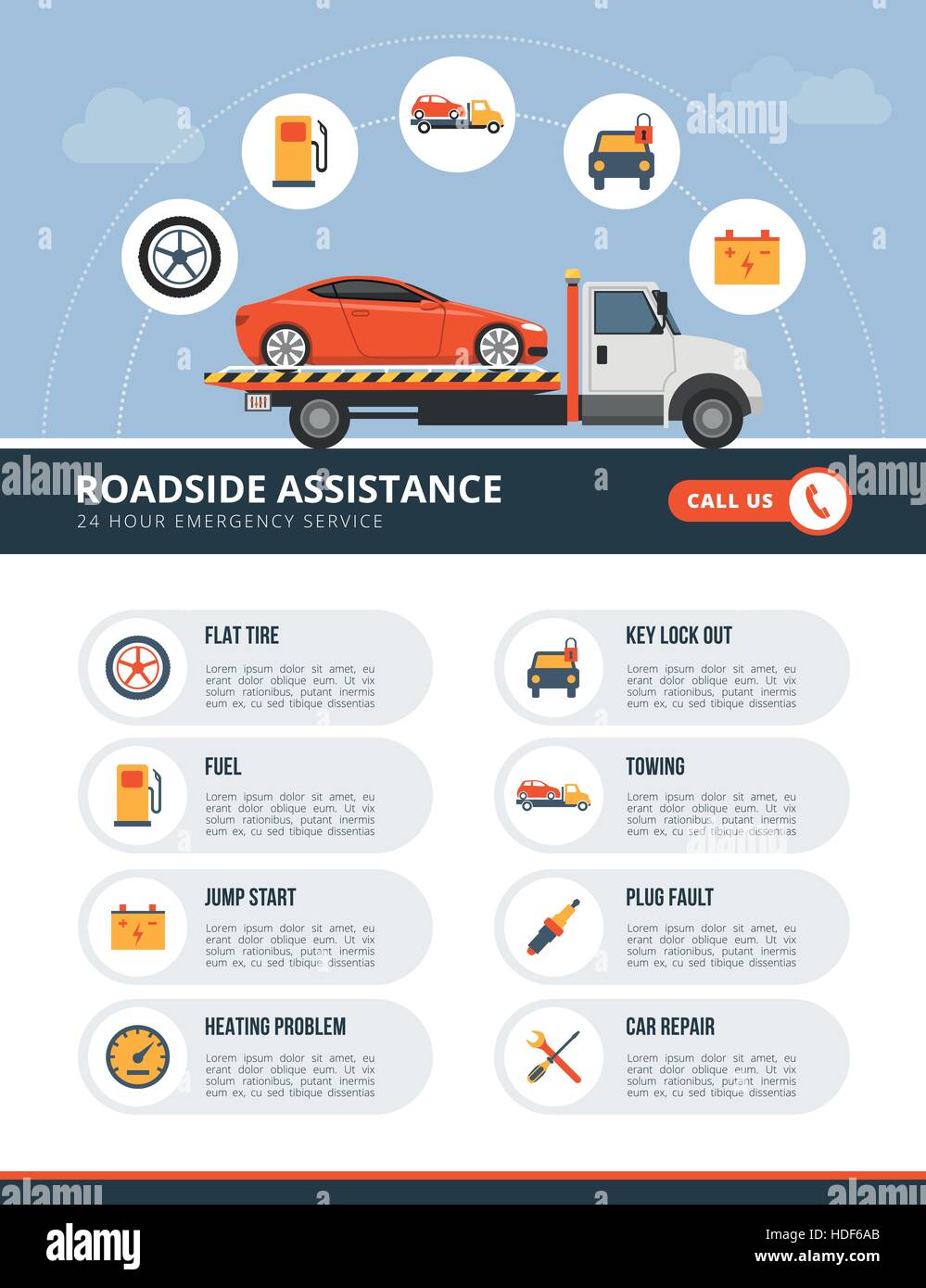Recognizing Your Cars And Truck'S Warning Lighting: What Do They Truly Mean?
Recognizing Your Cars And Truck'S Warning Lighting: What Do They Truly Mean?
Blog Article
Material Produce By-Samuelsen Dalgaard
When you lag the wheel, those glowing caution lights on your control panel can be a little bit difficult. Do mouse click the next page recognize what they're trying to tell you about your cars and truck's health? Recognizing the importance of these lights is crucial for your safety and the durability of your car. So, the following time among those lights turns up, would not you intend to analyze its message precisely and take the required actions to address it?
Common Caution Lighting and Interpretations
Determine typical warning lights in your automobile and recognize their definitions to make sure safe driving.
The most regular caution lights consist of the check engine light, which signals concerns with the engine or exhausts system. If this light begins, it's crucial to have your vehicle examined quickly.
The oil stress warning light indicates reduced oil stress, needing immediate attention to prevent engine damages.
A flashing battery light may recommend a defective billing system, potentially leaving you stranded if not addressed.
The tire pressure monitoring system (TPMS) light alerts you to low tire pressure, affecting lorry security and fuel performance. Ignoring this can lead to hazardous driving conditions.
The ABS light suggests a problem with the anti-lock stopping system, compromising your capacity to quit swiftly in emergencies.
Lastly, the coolant temperature alerting light warns of engine getting too hot, which can lead to serious damages otherwise settled promptly.
Understanding these common caution lights will help you address problems without delay and keep risk-free driving conditions.
Relevance of Prompt Focus
Recognizing the typical caution lights in your auto is just the primary step; the value of quickly dealing with these warnings can not be emphasized sufficient to guarantee your security when traveling.
When https://brake-pads17395.slypage.com/31739290/tips-for-situating-a-reputable-automobile-service-center-near-you illuminates on your dashboard, it's your auto's way of connecting a prospective problem that requires interest. Neglecting these warnings can lead to extra severe troubles down the road, compromising your safety and security and potentially costing you more in repairs.
Prompt interest to warning lights can protect against failures and accidents. As an example, a flashing check engine light might indicate a misfire that, if left ignored, could trigger damages to the catalytic converter. Addressing this promptly can save you from a pricey repair work.
Similarly, a brake system alerting light may signal low brake liquid or used brake pads, essential components for your safety when driving.
DIY Troubleshooting Tips
If you see a caution light on your control panel, there are a few do it yourself troubleshooting suggestions you can attempt prior to seeking professional assistance.
visit the following page is to consult your cars and truck's manual to recognize what the particular caution light indicates. Occasionally the issue can be as basic as a loose gas cap setting off the check engine light. Tightening up the gas cap may settle the problem.
Another common issue is a reduced battery, which can cause numerous cautioning lights. Examining the battery links for corrosion and ensuring they're safe and secure might deal with the problem.
If a warning light persists, you can try resetting it by separating the cars and truck's battery for a couple of minutes and then reconnecting it. Furthermore, inspecting your vehicle's fluid degrees, such as oil, coolant, and brake fluid, can aid troubleshoot advising lights associated with these systems.
Final thought
Finally, understanding your vehicle's warning lights is essential for keeping your car running smoothly and securely. By quickly addressing these notifies and recognizing what they indicate, you can prevent costly repair services and prospective breakdowns.
Bear in mind to consult your vehicle's manual for specific details on each cautioning light and take action appropriately to make sure a hassle-free driving experience.
Keep informed, stay risk-free when traveling!
